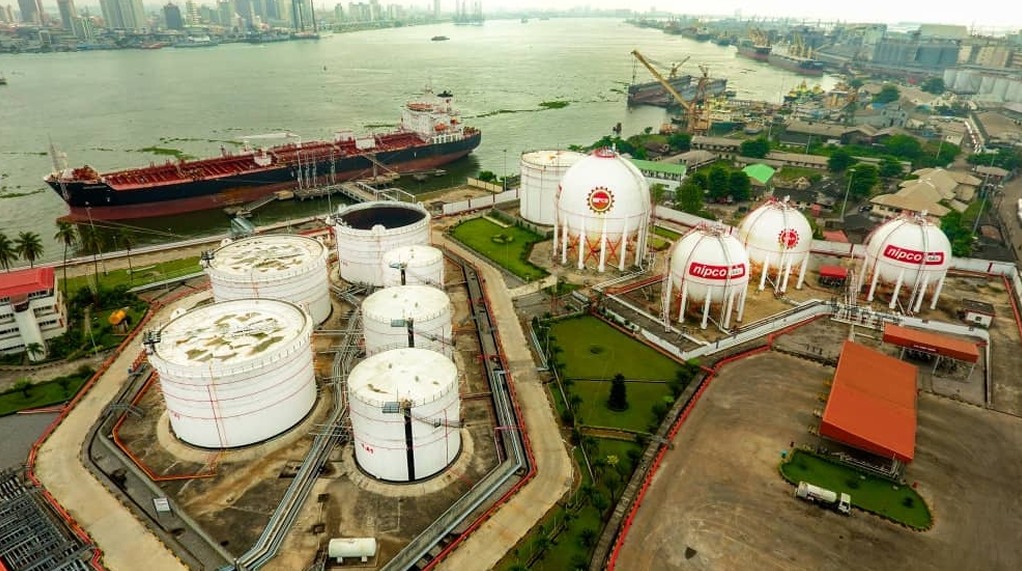10% Cooking Gas Consumption in Rural Areas Worries NIPCO
Efforts to deepen Liquefied Petroleum Gas (LPG) usage appears to be suffering a setback in Nigeria’s rural communities with only 10 per cent of resident n rural areas have access to the product.
Managing Director of NIPCO Plc, Mr. Suresh Kumar, gave the hint at the 13th Nigerian Liquefied Petroleum Gas Association (NLPGA) conference held in Abuja recently.
According to Kumar, the 10 per cent rural consumption figure is a far contrast to the 90 per cent cooking gas usage in urban areas.
The NIPCO boss lamented that Nigeria has an untapped market of about 20 million households in rural commutes alone which translates to three million tons of LPG usage annually, adding that in most rural communities, an average woman spends between five to six hours per day in the kitchen in the most suffocating in unhygienic environment due to the use of traditional fuels while she spends an additional two to four hours in the collection of these fuels.
To reverse downward the consumption figure for rural areas, the NIPCO MD said LPG penetration in these places must be improved upon.
He added that the company has made massive investment in LPG value chain, some of which are; construction of 11,000 MT coastal storage, over 100 Skids and bottling plants across Nigeria, over 125 LPG tankers for logistics and donation of gas accessories to boost usage across the country.
He, however, called on the Federal and State Governments to help provide the basic infrastructure to rural consumers and work with the respective Local Governments of affected areas to help create awareness and sensitisation.
Nigeria, he said, has an untapped market of about 20 million households for rural commutes alone translating to three million tons annually.
Kumar listed some of the challenges confronting LPG marketers to include; creating LPG awareness/educating households, overcoming psychological barriers, developing bottling facilities and creating cost-effective distribution channels among others.
On the part of the consumers, he listed some of the constraints affecting LPG penetration, to include lack of knowledge/safety awareness – about the product, usage and safe handling, psychological barriers – fear, resistance to change, cooking and eating habits, misconception about taste and quality of food cooked with LPG.
Others are; availability of cheaper fuels – wood, saw dust, charcoal, higher product cost (Installation/Accessories cost and refill price compared to other fuels) and low seasonal income levels, poor road conditions and underdeveloped infrastructure, lack of distribution channel and uncertainty over government policies, especially subsidy.



